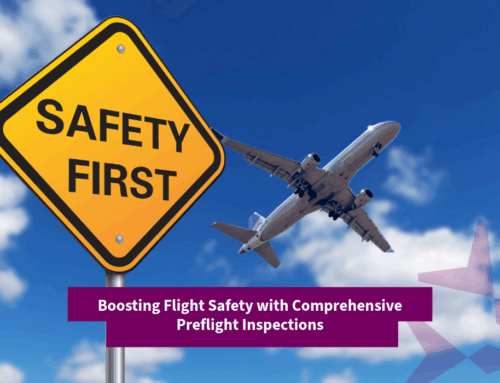Understanding the Aircraft Sales Process: From Market Analysis to Closing
The aircraft sales industry is a complex and multifaceted ecosystem, involving a diverse range of stakeholders, from manufacturers and brokers to financial institutions and regulatory bodies. Navigating this process can be a daunting task for both seasoned aviation professionals and those new to the industry. In this article, we’ll explore the key stages of the aircraft sales process, from market analysis to the final closing.
Market Analysis and Valuation
The first step in the aircraft sales process is to conduct a comprehensive market analysis. This involves examining factors such as supply and demand, current market trends, and the performance of similar aircraft models [1]. By understanding the broader market landscape, sellers can accurately price their aircraft and identify the most suitable buyers.
Alongside market analysis, a thorough valuation of the aircraft is essential. This process considers the aircraft’s age, condition, maintenance history, and any modifications or upgrades, as well as industry-standard pricing benchmarks [2]. An accurate valuation not only ensures a fair transaction but also helps to build trust between the buyer and seller.

Marketing and Buyer Outreach
Once the market analysis and valuation are complete, the next step is to market the aircraft to potential buyers. This may involve listing the aircraft on industry-specific platforms, engaging with brokers and dealerships, and reaching out to a network of qualified buyers [3].
Effective marketing requires a strategic approach, including the development of compelling promotional materials, such as detailed aircraft specifications, high-quality photographs, and informative videos. Additionally, maintaining open communication with interested parties and responding promptly to inquiries can significantly enhance the chances of a successful sale.
Negotiation and Contract Drafting
As potential buyers express interest, the negotiation process begins. This phase involves close collaboration between the seller, the buyer, and their respective legal and financial advisors [4]. Negotiation tactics may include price adjustments, financing options, and the allocation of risk and responsibilities.
Once the terms of the sale have been agreed upon, the contract drafting stage commences. This critical step ensures that the transaction is legally binding and protects the interests of both the buyer and the seller. The contract should cover key elements such as the aircraft’s condition, warranties, delivery timelines, and any relevant regulatory requirements.
Pre-Delivery Inspections and Certification
Prior to the final delivery of the aircraft, a thorough pre-delivery inspection is conducted. This process involves a comprehensive examination of the aircraft’s airworthiness, systems, and components, ensuring that it meets all necessary safety and regulatory standards [5].
Depending on the aircraft’s registration and the jurisdiction of the transaction, various certifications may be required, such as airworthiness certificates, export certificates, and import approvals. Navigating these regulatory requirements can be complex, often necessitating the assistance of specialized legal and aviation professionals.
Closing and Delivery
The final stage of the aircraft sales process is the closing and delivery of the aircraft. This phase involves the completion of all financial transactions, the transfer of ownership, and the physical handover of the aircraft to the new owner [6].
During the closing, the buyer and seller must ensure that all contractual obligations have been fulfilled, including the payment of any applicable taxes and fees. Once the transaction is complete, the aircraft is ready for its new owner to take possession and begin the next chapter of its operational life.
References
- [1] International Aircraft Dealers Association. (2022). Aircraft Market Analysis and Valuation. Retrieved from https://www.iada.aero/resources/aircraft-market-analysis-and-valuation/
- [2] JETNET. (2021). Aircraft Valuation: Methodology and Best Practices. Retrieved from https://www.jetnet.com/resources/aircraft-valuation-methodology-and-best-practices/
- [3] National Business Aviation Association. (2020). Marketing Your Aircraft for Sale. Retrieved from https://nbaa.org/aircraft-operations/aircraft-sales/marketing-your-aircraft-for-sale/
- [4] Aircraft Owners and Pilots Association. (2019). Negotiating the Aircraft Purchase Agreement. Retrieved from https://www.aopa.org/news-and-media/all-news/2019/june/pilot/negotiating-the-aircraft-purchase-agreement
- [5] Federal Aviation Administration. (2022). Advisory Circular 43-209: Reciprocating Engine Powered Aircraft Inspection and Maintenance Requirements. U.S. Department of Transportation.
- [6] General Aviation Manufacturers Association. (2018). Guide to Business Aircraft Transactions. Retrieved from https://gama.aero/reference-room/gama-publications/guide-to-business-aircraft-transactions/






